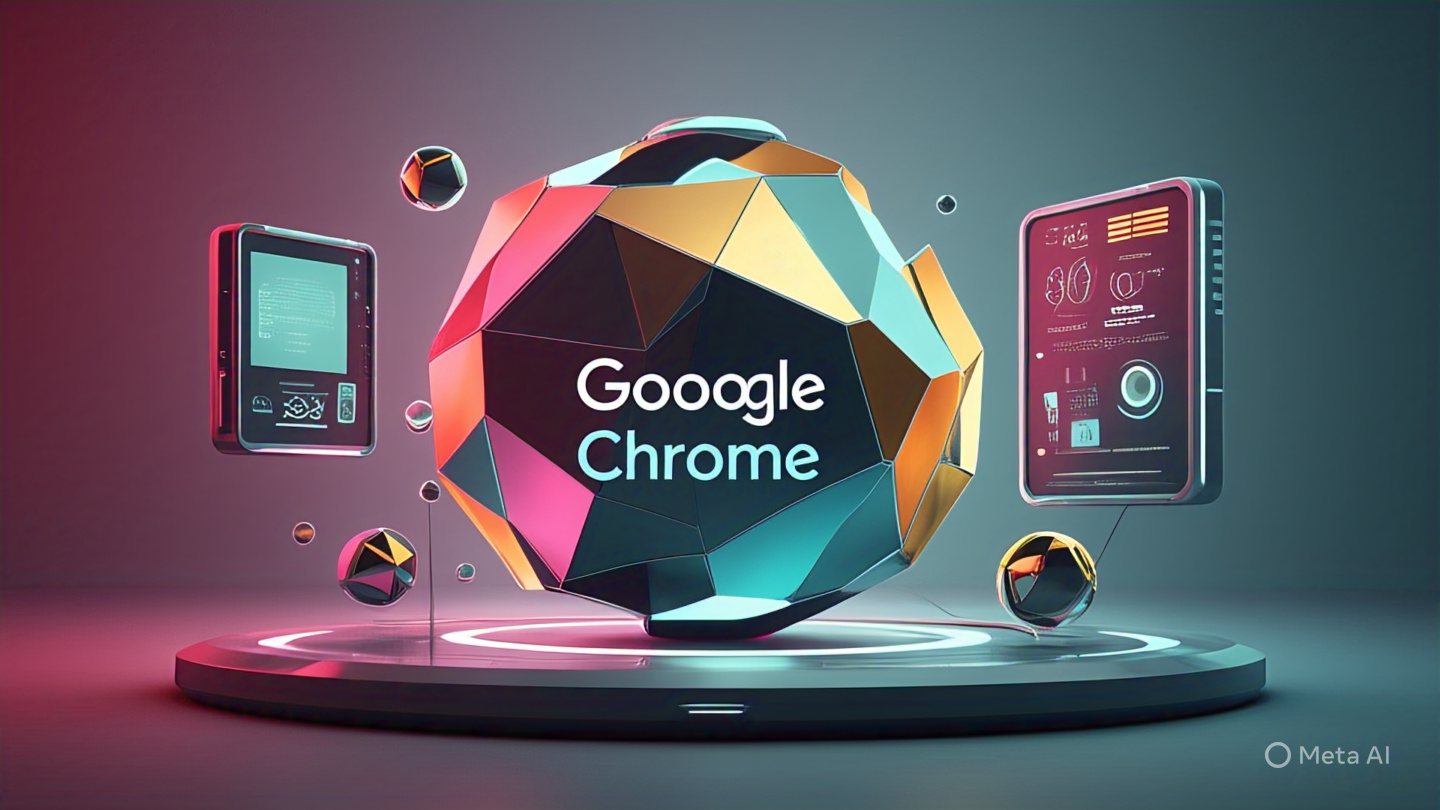
Unlock the Power of Your Browser with Chrome Flags
Google Chrome is undeniably one of the most popular web browsers available today. Its speed, user-friendly interface, and extensive customizability make it a favorite among many internet users. But, did you know you can enhance your browsing experience even further with Chrome Flags? These experimental features can significantly improve your browsing speed, provide you with additional functionalities, and transform your overall user experience. Here’s a rundown of some Chrome Flags you should enable right now.
What are Chrome Flags?
Chrome Flags are experimental features that Google is still testing. They are not part of the default settings, but users can enable them to try out new functionalities before they are officially integrated into the browser. However, since they’re experimental, some flags might be unstable or can even compromise your browser’s security, so use them with caution.
Accessing these flags is easy. Simply type “chrome://flags” into your address bar and hit enter. You will be presented with a long list of experimental features that you can enable or disable at your discretion.
Essential Chrome Flags to Enable
There are hundreds of Chrome Flags available, but here are some you might find useful:
- Smooth Scrolling: This flag makes scrolling on websites smoother and more visually appealing.
- Parallel Downloading: This flag accelerates download speeds by breaking files into smaller chunks that are downloaded simultaneously.
- Override software rendering list: This flag enables GPU acceleration on unsupported systems, providing a smoother, faster browsing experience.
- Tab Groups: This feature allows you to organize tabs into groups, making it easier to manage multiple tabs.
How to Enable Chrome Flags
Enabling Chrome Flags is straightforward. Here’s how:
- Type “chrome://flags” into your address bar and press enter.
- Find the flag you want to enable using the search bar at the top of the page.
- Click on the drop-down menu next to the flag and select “Enabled”.
- Restart your browser to apply the changes.
Remember, if a flag causes issues with your browser, you can easily disable it by following the same steps and selecting “Default” or “Disabled” from the drop-down menu.
Conclusion
Chrome Flags are an excellent way to get the most out of your browsing experience. They can help you surf the web faster, download files more quickly, and organize your tabs more efficiently. However, since these features are experimental, they may not always work as expected and could potentially cause problems with your browser. Always proceed with caution when enabling flags and don’t hesitate to disable them if they cause issues. Happy browsing!